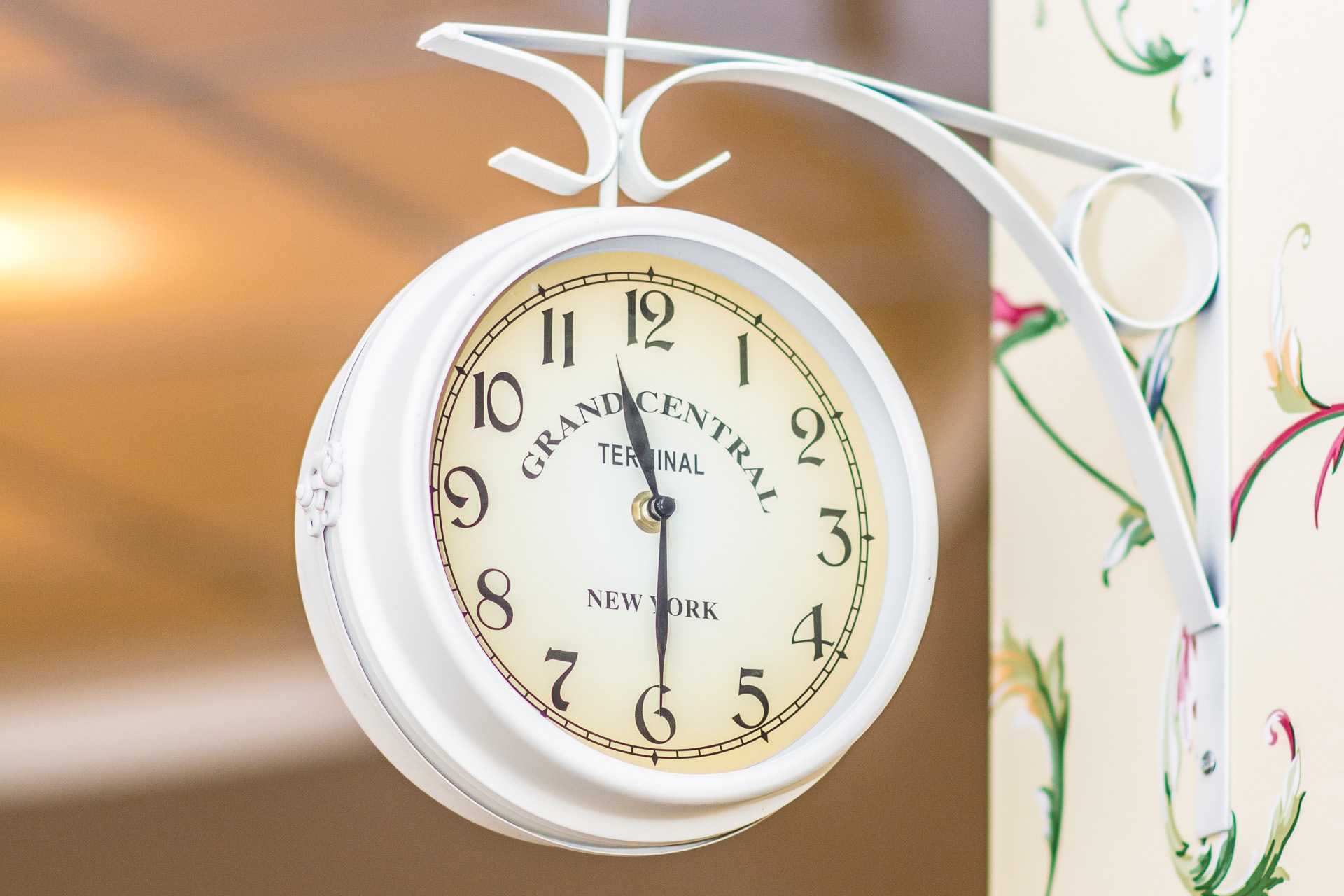General Information
Baby Teeth and Trauma
In this section, we will cover:
- What should I do after the injury?
- What should I look out for after an injury?
- Will I need treatment?
- What are the long term complications?
What should I do after the injury?
Don't panic! If your child has injured their teeth, you should:
- Call your dentist who can arrange to see them to check teeth and make a formal diagnosis
- Gently brush the injured area to prevent build up of plaque
- Use a cotton swab/handkerchief moistened in salt water or alcohol-free chlorhexidine mouthwash (Corsodyl)
- Have a soft diet for the first few days then gradually encourage returning to a "normal" diet
What should I look out for?
The long term consequences of dental trauma are unpredictable. You should monitor your child's teeth for any signs of infection.

Favourable outcome
Baby tooth:
- No pain
- Normal colour of the tooth
- Temporary darkening of the tooth to red/grey/yellow
Underlying adult tooth:
- Erupts at the expected time
- No discoloured patches on the crown when it erupts

Unfavourable outcome
Baby tooth:
- Pain
- Abscess on the gum
- Increased mobility (but this can be normal as the adult tooth starts to come through)
- Permanent grey discolouration of the tooth, along with one of the above signs/symptoms
Underlying adult tooth:
- Fails to erupt
- Discoloured or thin enamel
Will I need treatment?
Not all injured teeth need treatment. Your child will need treatment if:
- they are in pain or discomfort
- the tooth is interfering with the bite
- the tooth has become infected
The aims of treatment are:
- Relieve any pain or discomfort
- Prevent damage to the underlying adult tooth
If the baby tooth becomes painful or infected, it will need to be removed (see dental extraction).
This can be done under local anaesthetic, inhalation sedation or general anaesthetic depending on the age and cooperation of your child.
What are the long term complications?
In most cases, there will be no long term complications. Rare complications to the underlying adult tooth include:
- Adult tooth doesn't erupt
- Discoloured patches on enamel (hypomineralisation)
You can find out more about hypomineralisation here (LINK). - Thin enamel (hypoplasia)
You can find out more about hypoplasia here (LINK).

Adult tooth doesn't erupt
If the adult tooth fails to erupt, or the baby tooth is still there, by 7 or 8 years old, a series of xrays will be taken to:
- check the adult tooth is there
- see why the tooth hasn't come through (often due to a kink in the root called a "dilaceration")
- locate the exact position of the unerupted tooth
Depending on what the xrays show, your child may need one of the following surgical procedures:
- Expose and bond - find out more here (LINK)
- Extraction - find out more here

Discoloured patches
A knock to the baby tooth can disturb the development of the underlying adult tooth. This disrupts the formation of healthy enamel and causes discolouration.
Treatment options:
- microabrasion
- resin infiltration (for white spots)
- tooth whitening
- composite restoration
- dental veneer (more appropriate for adults)

Thin enamel
A knock to the baby tooth can disturb the development of the underlying adult tooth resulting in only a thin layer of enamel.
Treatment options:
- composite restoration
- dental veneer (more appropriate for adults)